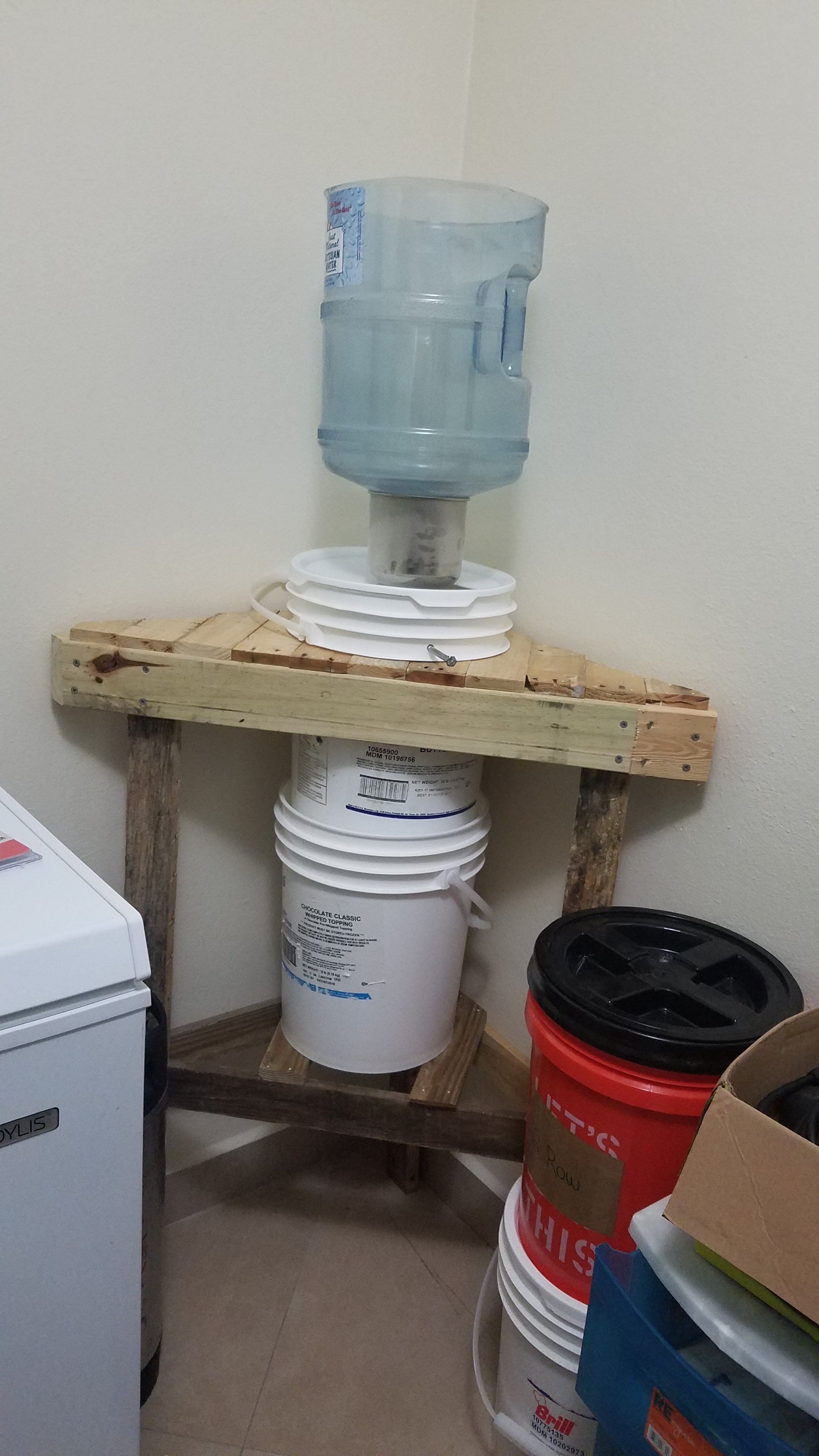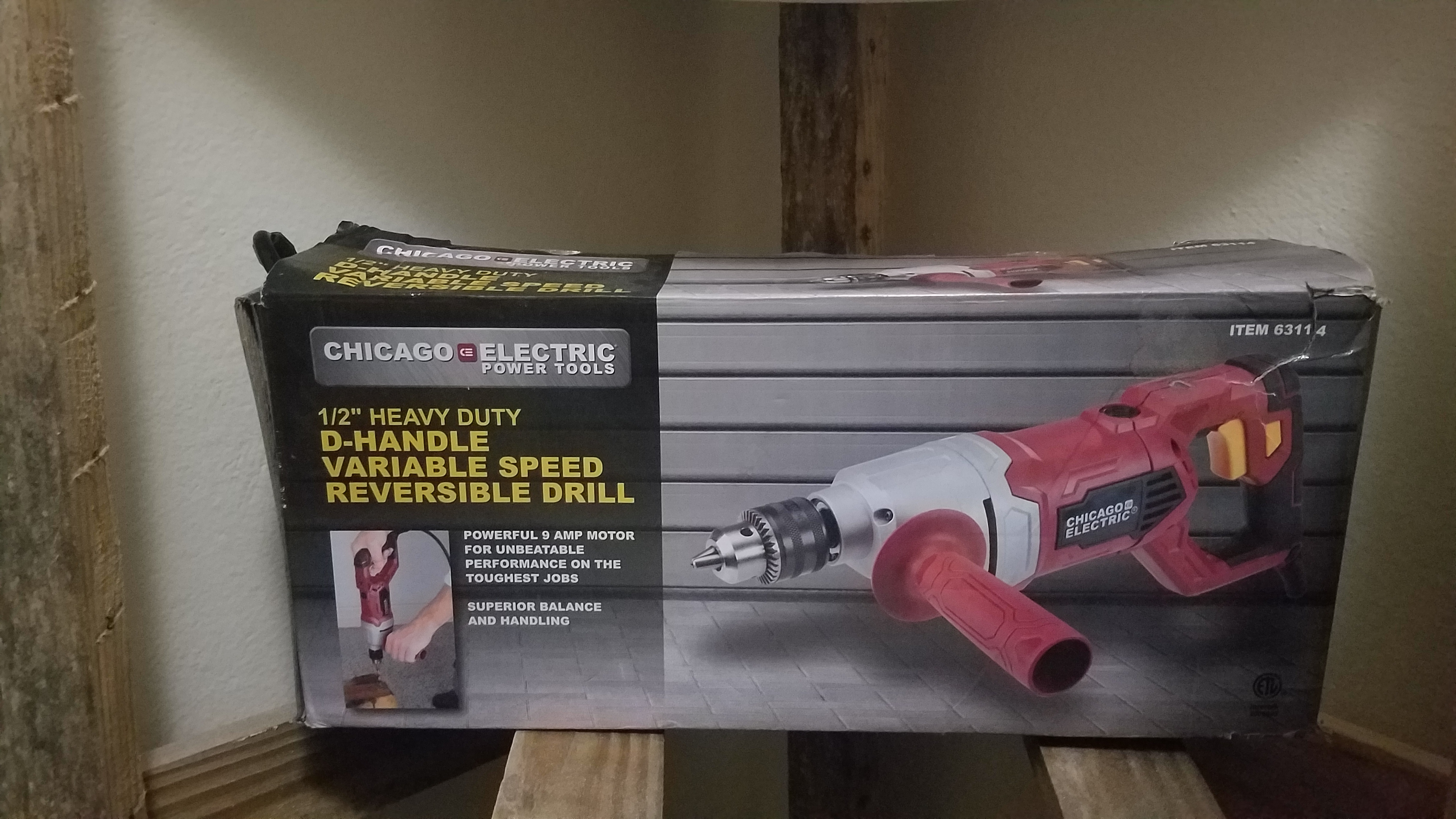Mothman
Well-Known Member
My Victoria mill arrived today and I've been playing around with it, cleaned it up, testing to see how the adjustments work,etc.
I don't have any grain at the moment but was testing by running a bit of popcorn through.
Is it normal, or at least is it OK, that the moving crush plate doesn't hold parallel to the fixed one when the grain is going through? See picture.
Initially the moving plate was loose on the auger shaft, so I switched the cotter pin to the shallower set of grooves in the metal ring, and it holds the plate very tightly now.
But the auger / plate shaft as a whole doesn't stay true when turning grain through, and has a bit of play, resulting in the plate going out of parallel.
It still ground up the popcorn so I'm hoping it won't matter. Just looking for any input from those who have had some time with their mills.
Maybe by tightening the adjustment right down, it may hold more true? Or maybe it's just that popcorn is so hard, and grain won't push the plate out as much.
I don't have any grain at the moment but was testing by running a bit of popcorn through.
Is it normal, or at least is it OK, that the moving crush plate doesn't hold parallel to the fixed one when the grain is going through? See picture.
Initially the moving plate was loose on the auger shaft, so I switched the cotter pin to the shallower set of grooves in the metal ring, and it holds the plate very tightly now.
But the auger / plate shaft as a whole doesn't stay true when turning grain through, and has a bit of play, resulting in the plate going out of parallel.
It still ground up the popcorn so I'm hoping it won't matter. Just looking for any input from those who have had some time with their mills.
Maybe by tightening the adjustment right down, it may hold more true? Or maybe it's just that popcorn is so hard, and grain won't push the plate out as much.
Attachments
Last edited:















